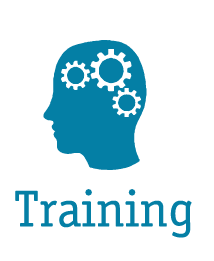
If you would like to schedule in-person or web-based training on ATC-20, ATC-45, or other topic(s) please click here for details and to submit a request for more information.

If you would like to schedule in-person or web-based training on ATC-20, ATC-45, or other topic(s) please click here for details and to submit a request for more information.